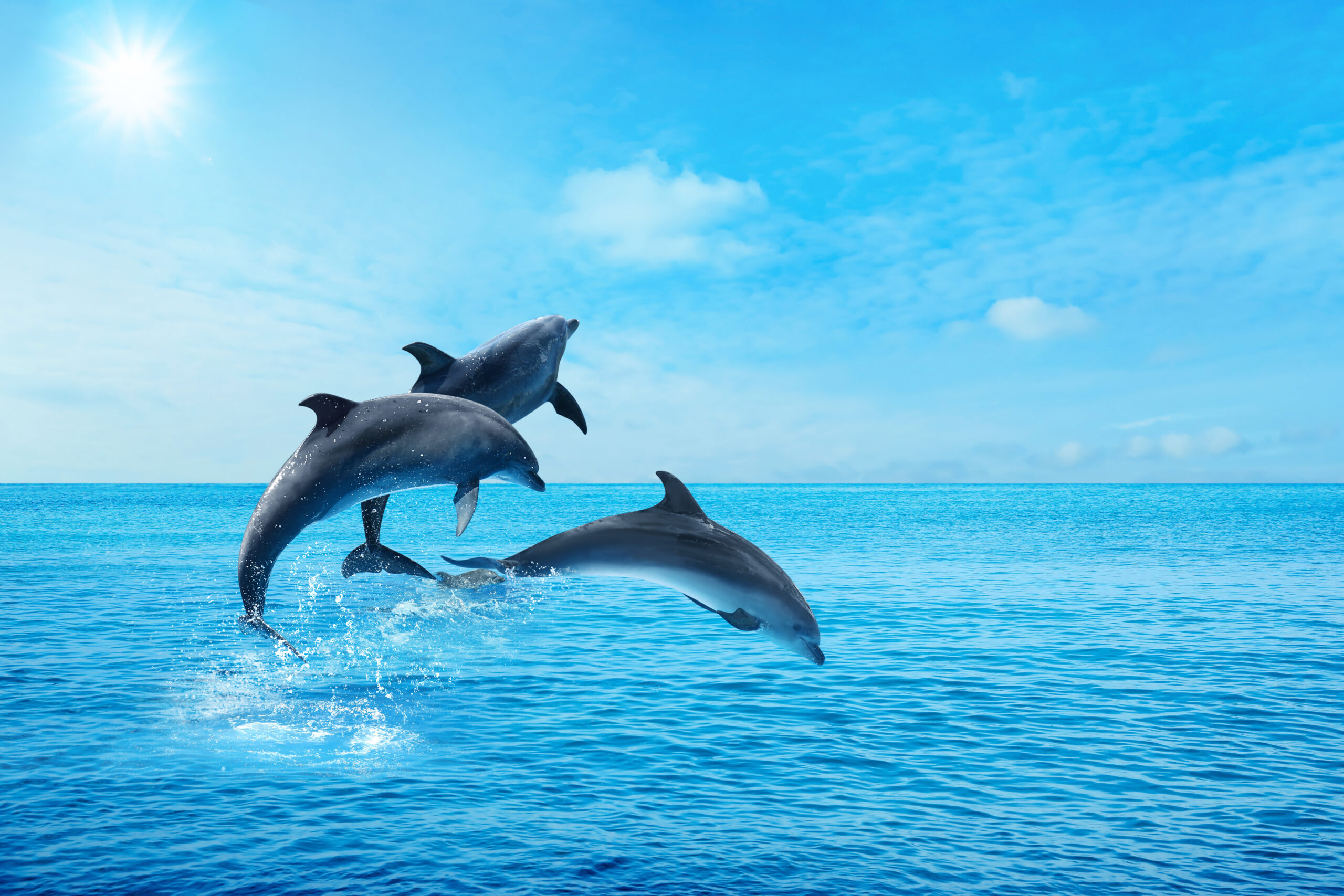When we think about cutting-edge data systems, our minds often go straight to fiber optics, satellites, and cloud computing. But if you take a moment to observe the natural world—especially the oceans—you’ll find that some of the most efficient communication systems have been in use for millions of years. One of the best examples? Dolphins.
These intelligent marine mammals aren’t just playful swimmers or charismatic creatures in aquariums—they’re masters of communication. For someone like me, working at the intersection of ocean technology and environmental conservation, dolphins offer a surprising source of inspiration for how we think about—and improve—our human-made systems.
Nature’s Built-In Bandwidth
Dolphins use a combination of clicks, whistles, and body language to communicate with each other across vast underwater distances. What makes their communication especially fascinating is its clarity, adaptability, and speed. Despite being surrounded by shifting currents, murky visibility, and ambient ocean noise, dolphins can zero in on specific individuals, exchange information rapidly, and coordinate group activities like hunting or navigation with remarkable precision.
This isn’t just impressive biology—it’s a model for efficient data transfer. In a way, dolphins are nature’s wireless routers. They use echolocation (a sort of biological sonar) to “ping” their surroundings and get real-time feedback, adjusting their signals in response to the environment. That kind of real-time, context-aware, low-energy communication is exactly what we strive for in modern data systems.
Less Noise, More Meaning
One of the key takeaways from dolphin communication is that more noise doesn’t mean better communication. Dolphins don’t waste energy yelling across the sea. Instead, they tailor their signals based on their surroundings and their audience. If they’re close, they communicate softly. If they’re coordinating across longer distances, they modulate accordingly.
In our human systems—especially when we’re building tech that operates in marine environments or remote locations—we should be striving for the same principle: efficient, targeted, meaningful communication. Whether we’re sending sensor data from an offshore wind platform or relaying conservation alerts from a reef monitoring system, less is often more. Clean data, context-aware protocols, and minimal power usage are all part of building better ocean tech.
Adaptive Networks: The Dolphin Pod Approach
Dolphins live and travel in pods, and these pods are fluid and dynamic. They respond to environmental changes, threats, and opportunities by adapting their group structure. Sometimes smaller pods form temporarily, only to rejoin a larger group later. They operate in what we might call a “mesh network” in tech terms—decentralized, flexible, and resilient.
This approach has a lot to teach us about network design, especially in the age of the Internet of Things (IoT). Imagine a network of ocean buoys collecting environmental data. If one buoy fails, the others should be able to reroute communication and maintain the system’s integrity—just like a dolphin pod adapts when one member temporarily drops out. Resilience through adaptability is a lesson that both marine life and smart systems embrace naturally.
Communication with a Purpose
Dolphins don’t just talk to talk. Their communication serves real, tangible goals: finding food, protecting each other, navigating complex environments. That kind of purpose-driven communication is a reminder that tech should also serve clear objectives.
In my work developing smart ocean sensors and monitoring platforms, I always ask: What’s the point of this data stream? Who will use this information, and what decisions will it help them make? Communication for the sake of volume doesn’t benefit anyone. Like dolphins, our systems should be optimized to deliver the right information to the right people at the right time.
Eco-Inspired Design
Biomimicry—the idea of drawing design inspiration from nature—isn’t new, but it’s still underused, especially in the world of ocean tech. Watching how dolphins navigate, communicate, and thrive in their environment can guide us in designing quieter sensors, more energy-efficient communication protocols, and smarter networks that do more with less.
One project I worked on involved deploying hydrophones—underwater microphones—to monitor whale activity near shipping lanes. We studied dolphin communication patterns to help design a system that could pick up signals with minimal interference, mimicking how dolphins filter useful sound from ocean noise. It wasn’t just a fun exercise—it helped us build a system that used less power, needed fewer data corrections, and was easier to maintain.
Beyond Technology: A Mindset Shift
What dolphins really teach us isn’t just about data or sound—it’s about being tuned into your environment. They communicate effectively because they’re constantly aware of where they are, who they’re with, and what they’re trying to do. That kind of situational awareness is something all leaders—whether in tech, conservation, or policy—can learn from.
Too often, we build systems in isolation. We gather massive amounts of data without thinking about how it will be used. We prioritize speed over sustainability. But dolphins remind us to pause, to listen more than we speak, and to adapt with intention.
A Smarter, Kinder Future
As we move deeper into a world shaped by climate urgency, renewable energy, and digital transformation, we need communication systems that are smarter, more efficient, and more in tune with the natural world. Dolphins have already shown us how it’s done.
If we pay attention—not just to the data, but to the ecosystems we’re a part of—we can build tech that supports both human progress and planetary health. And that, to me, is the future worth working toward.
